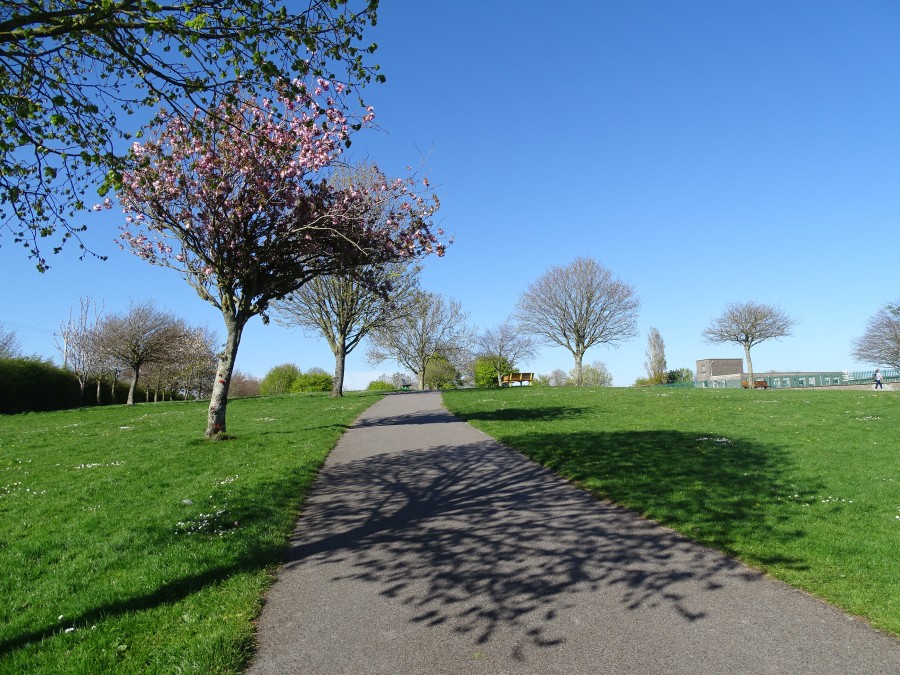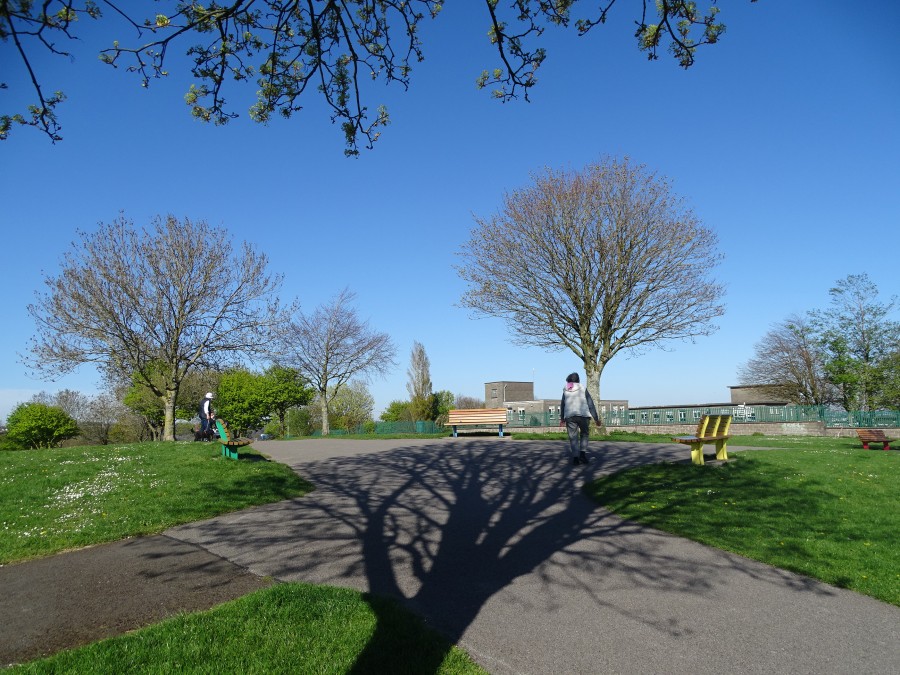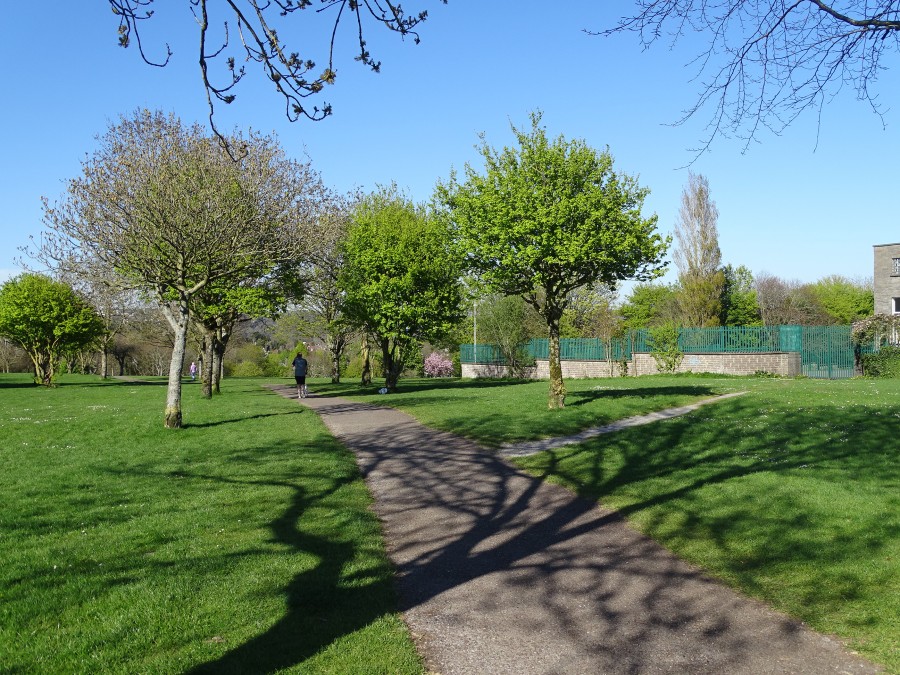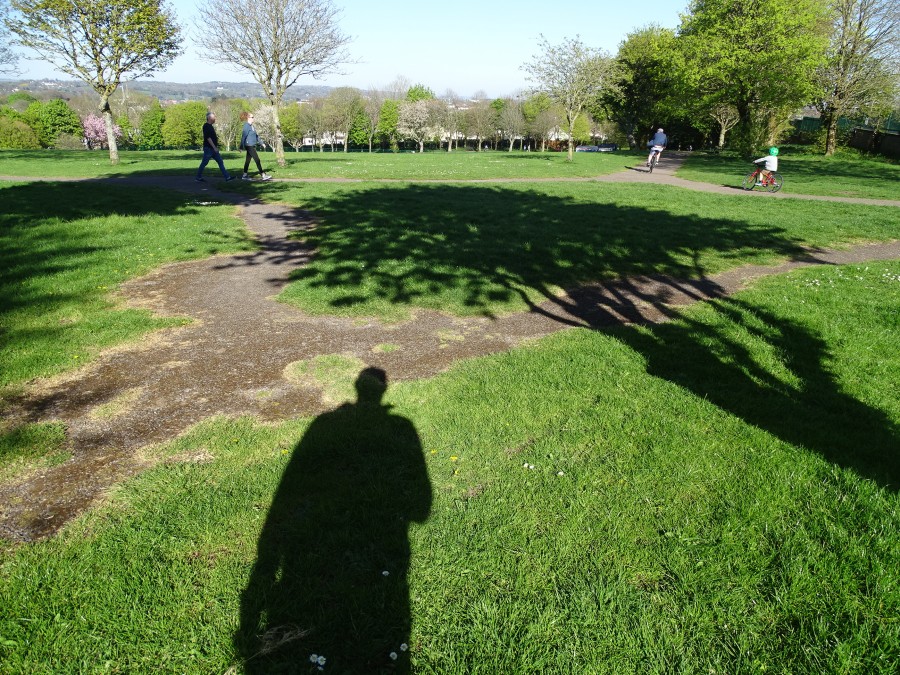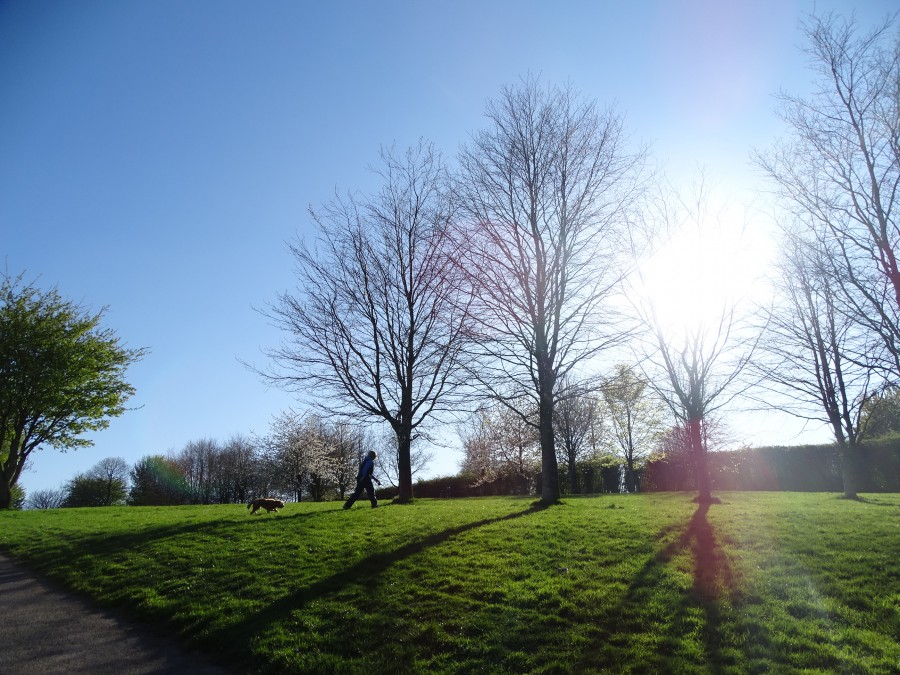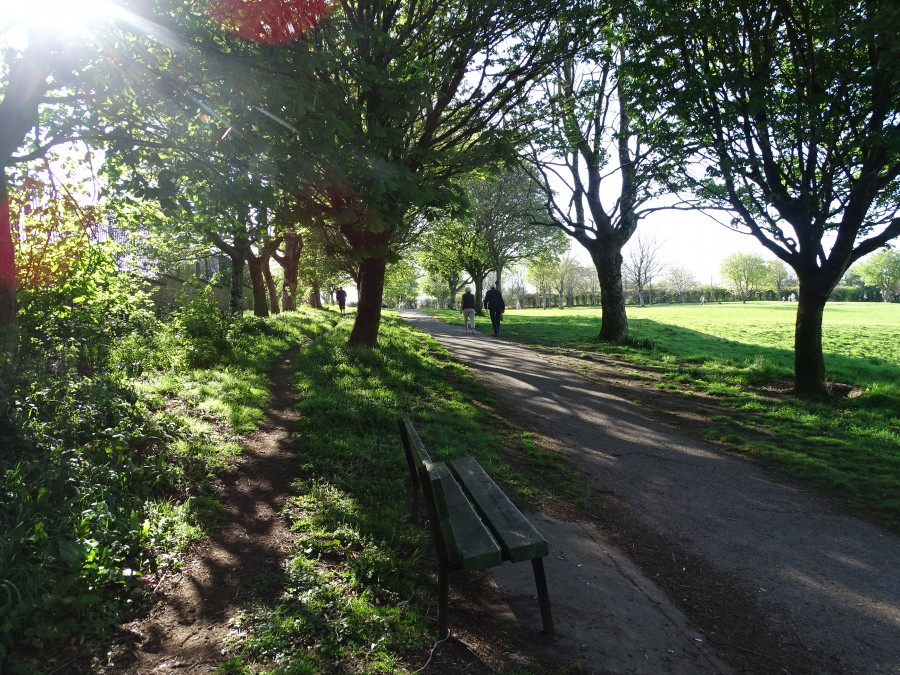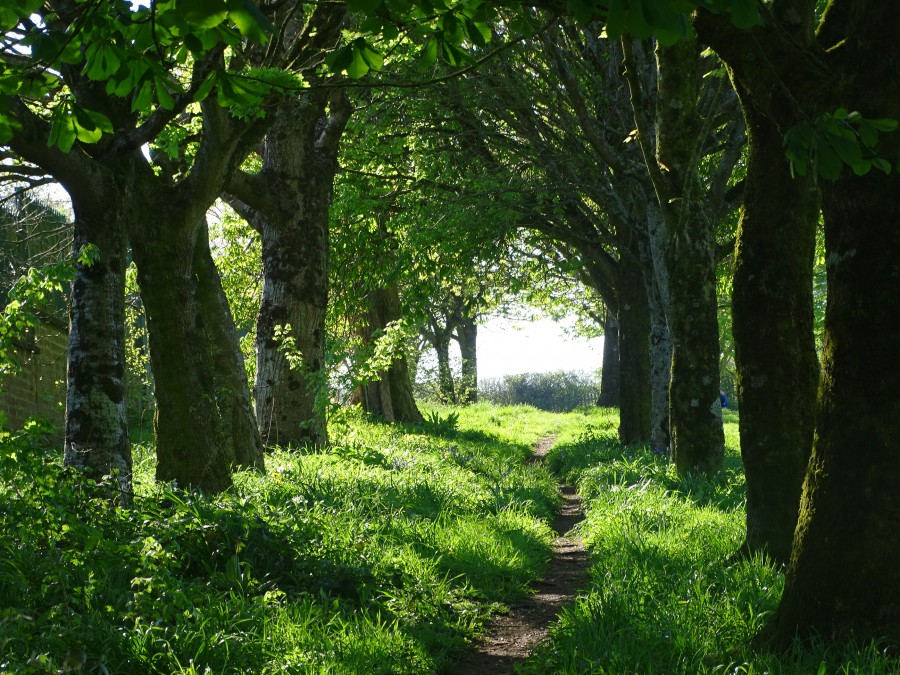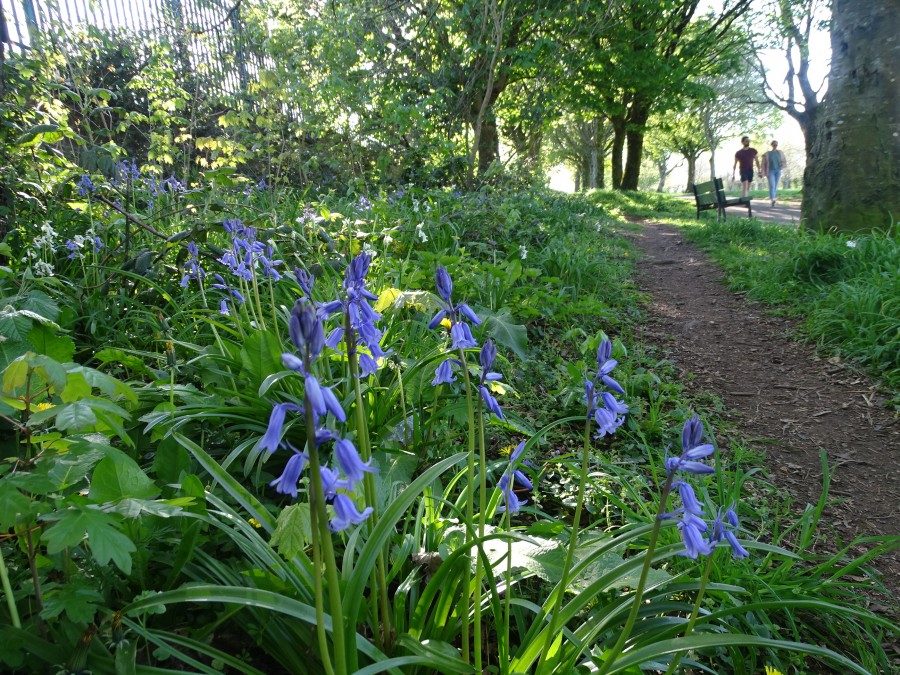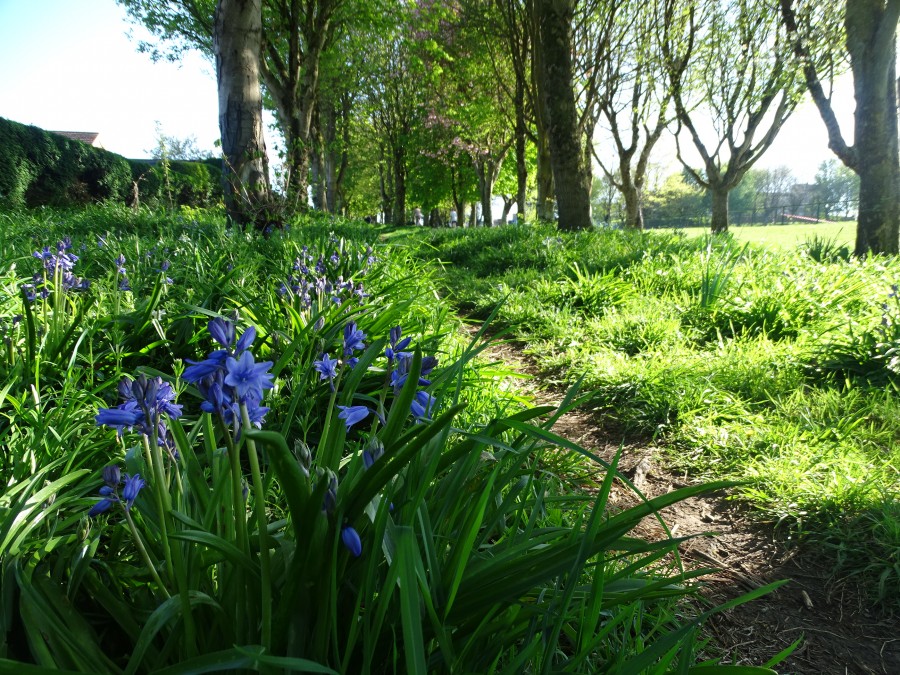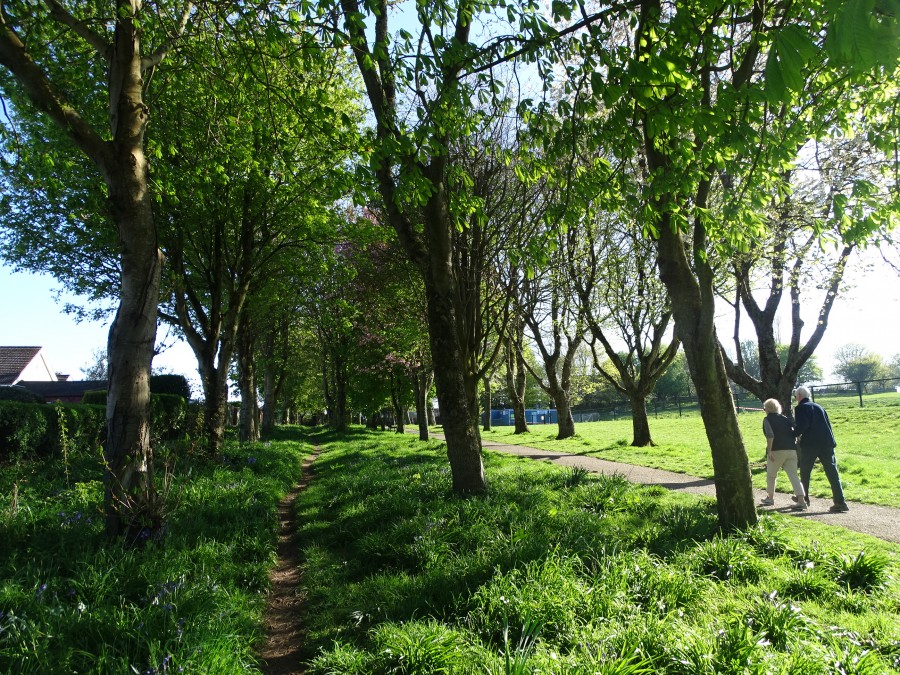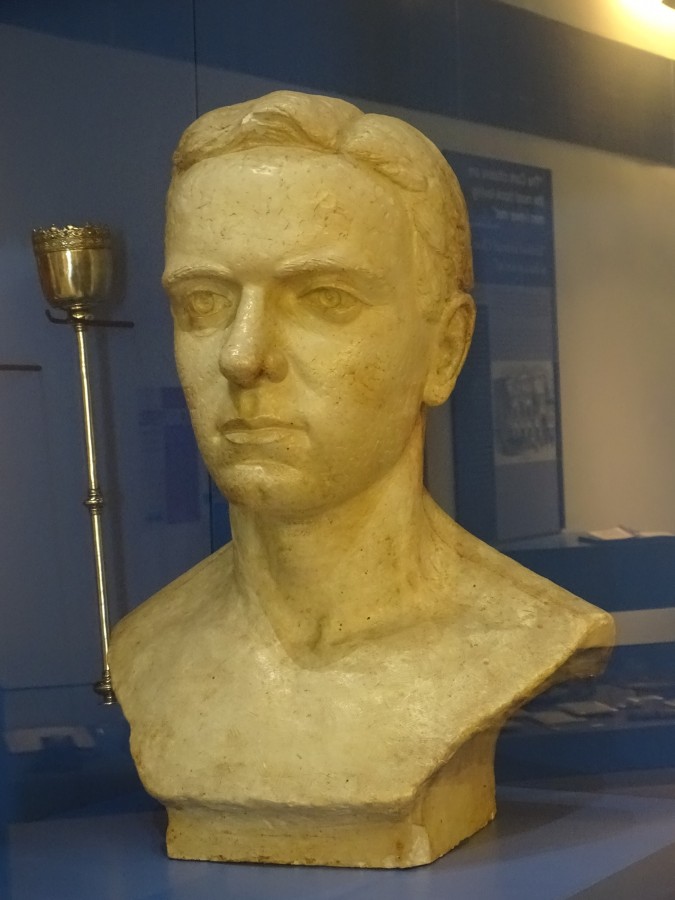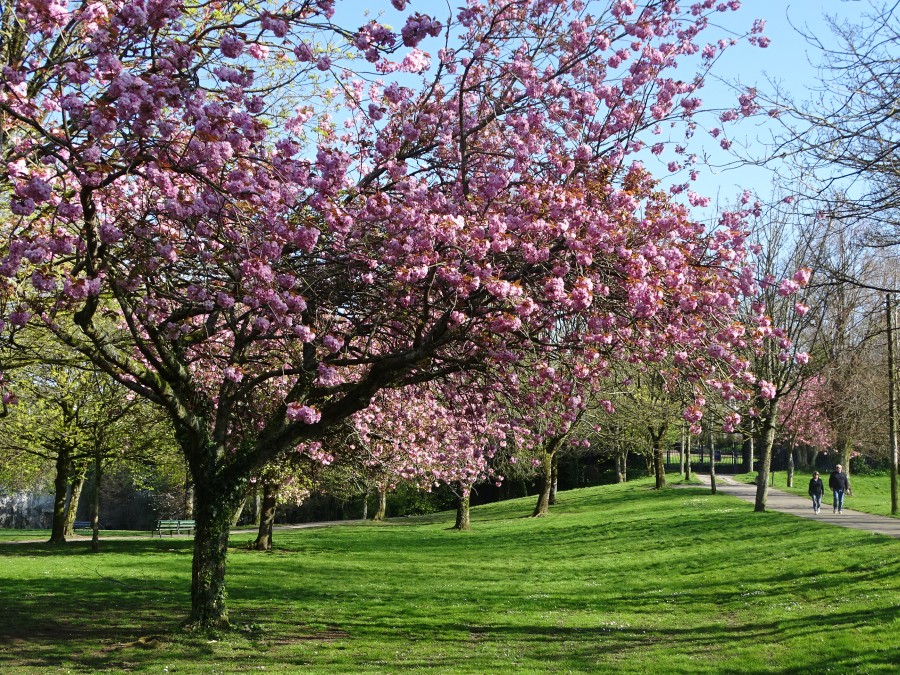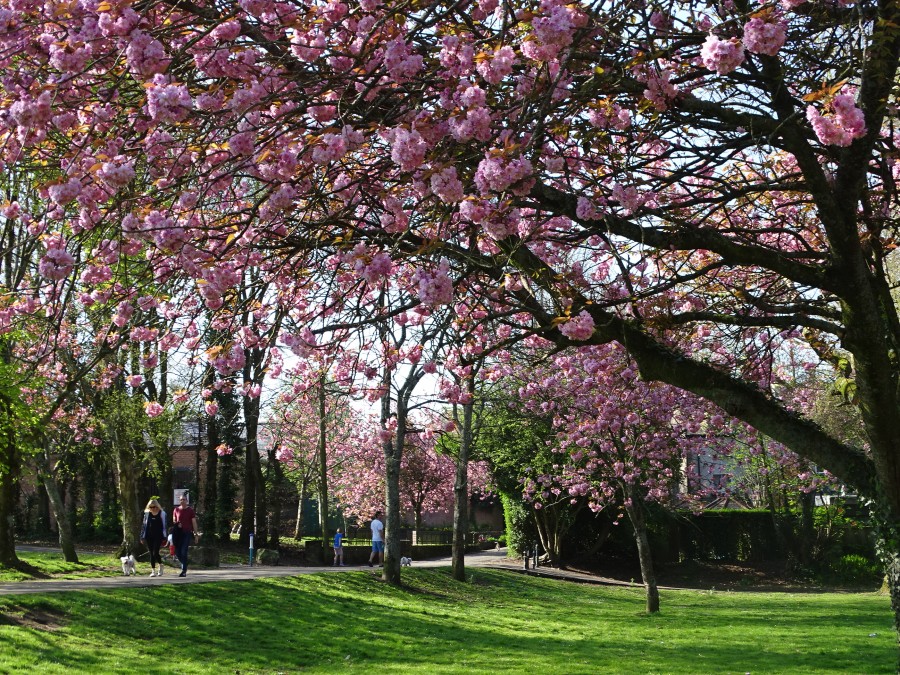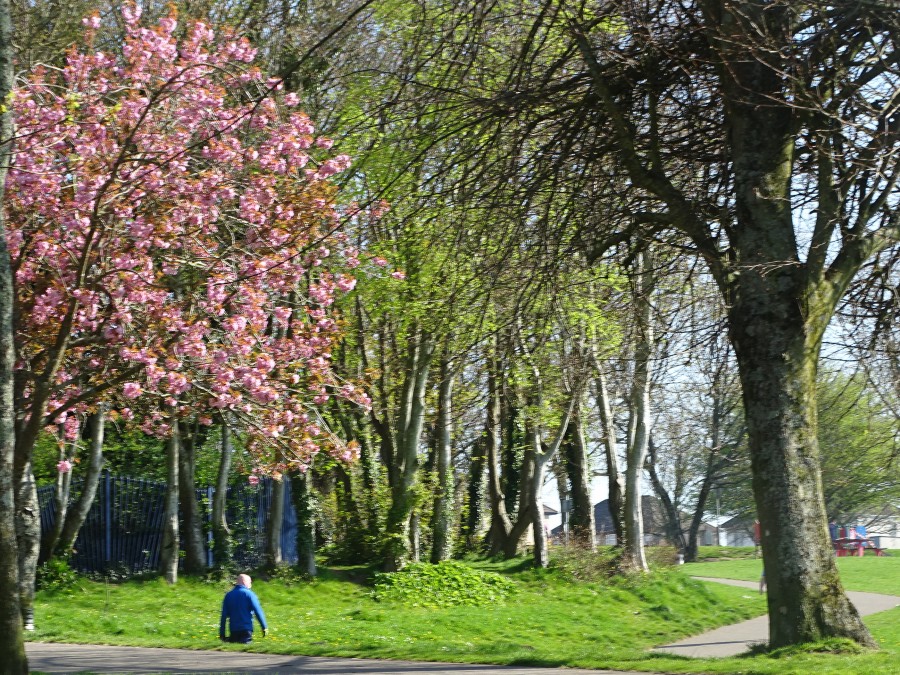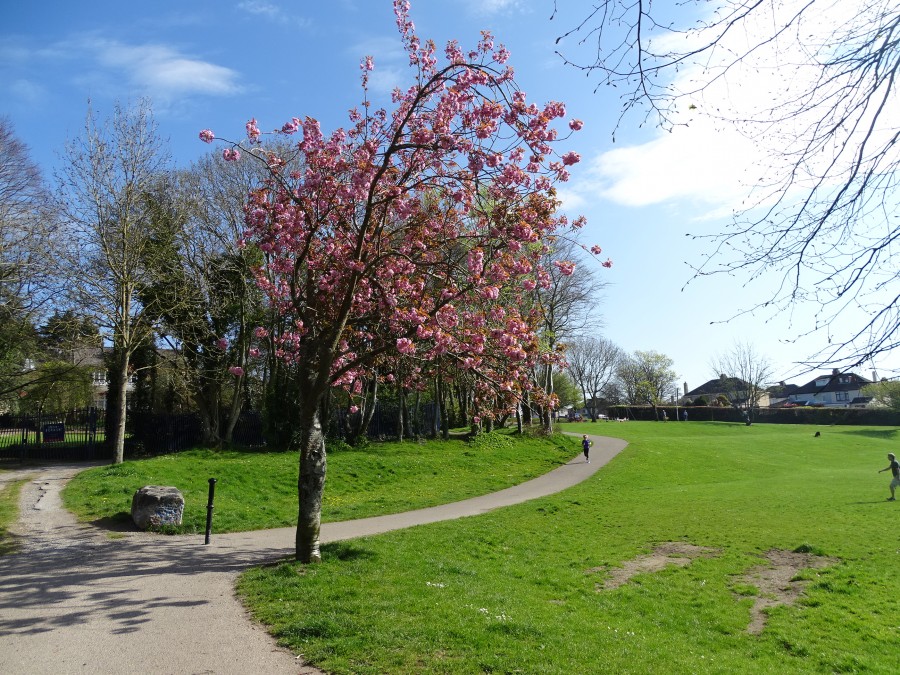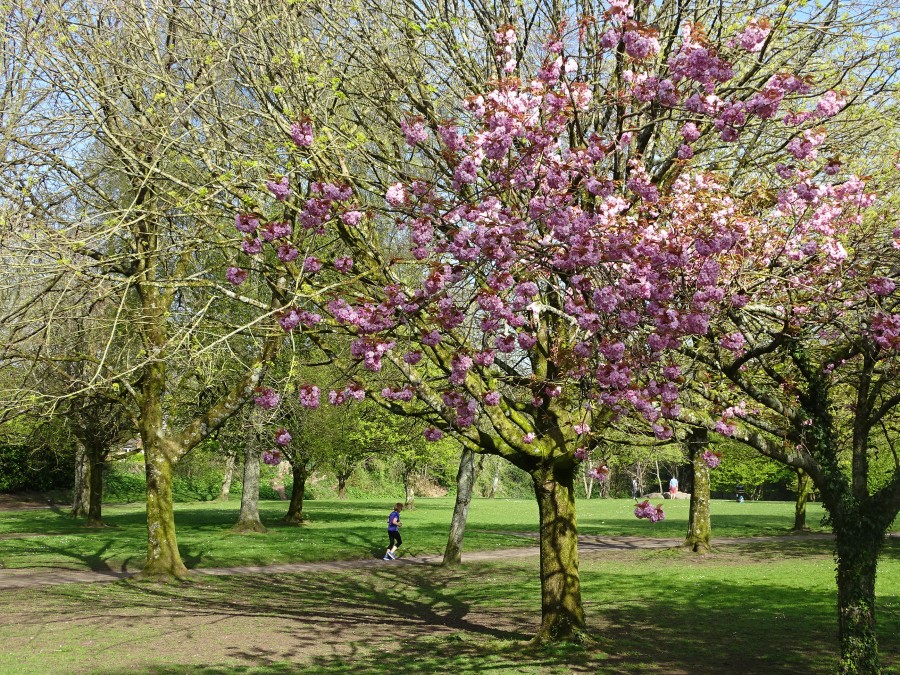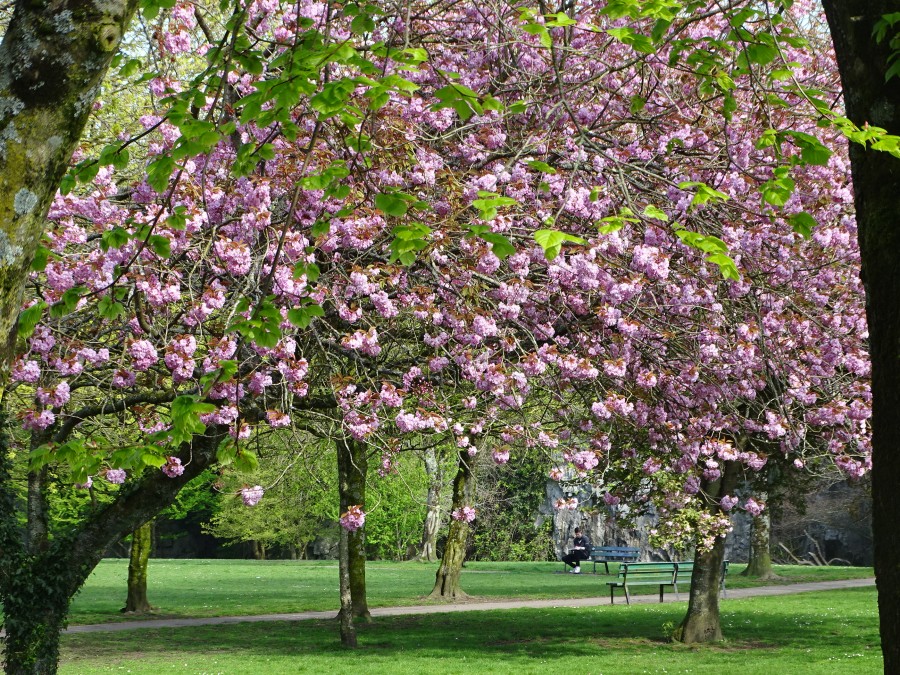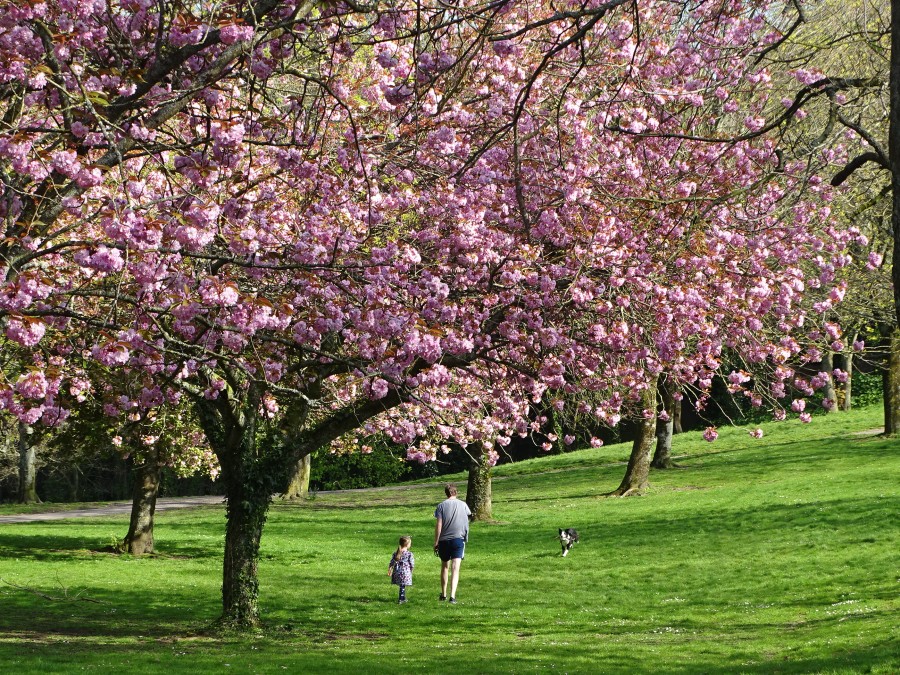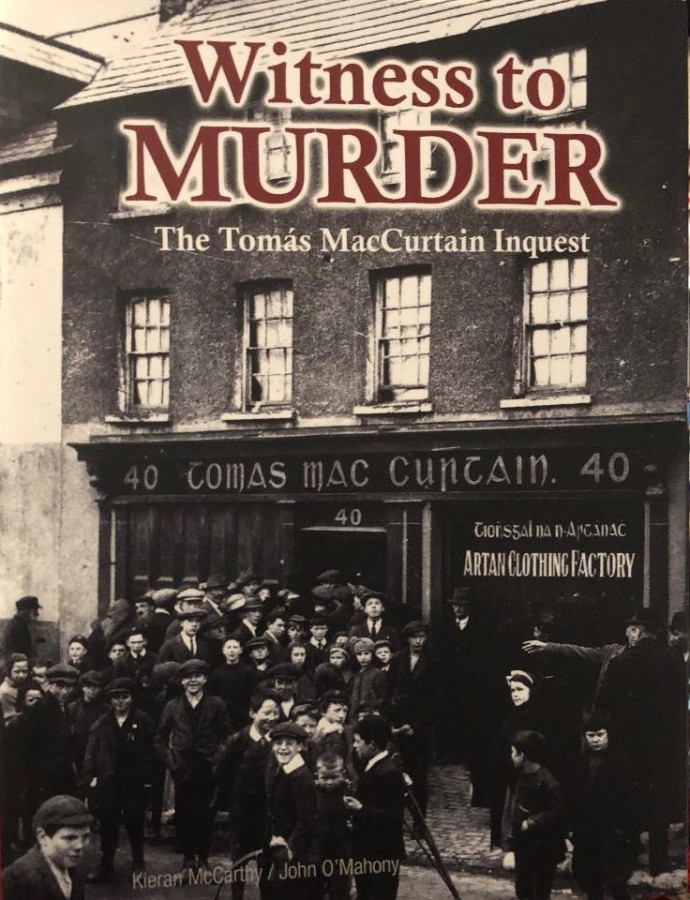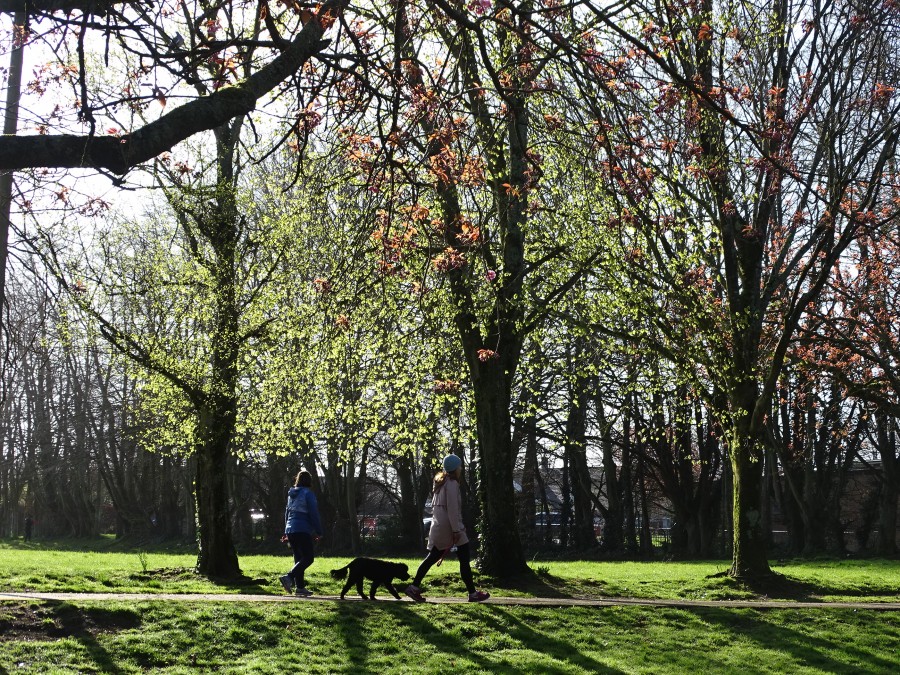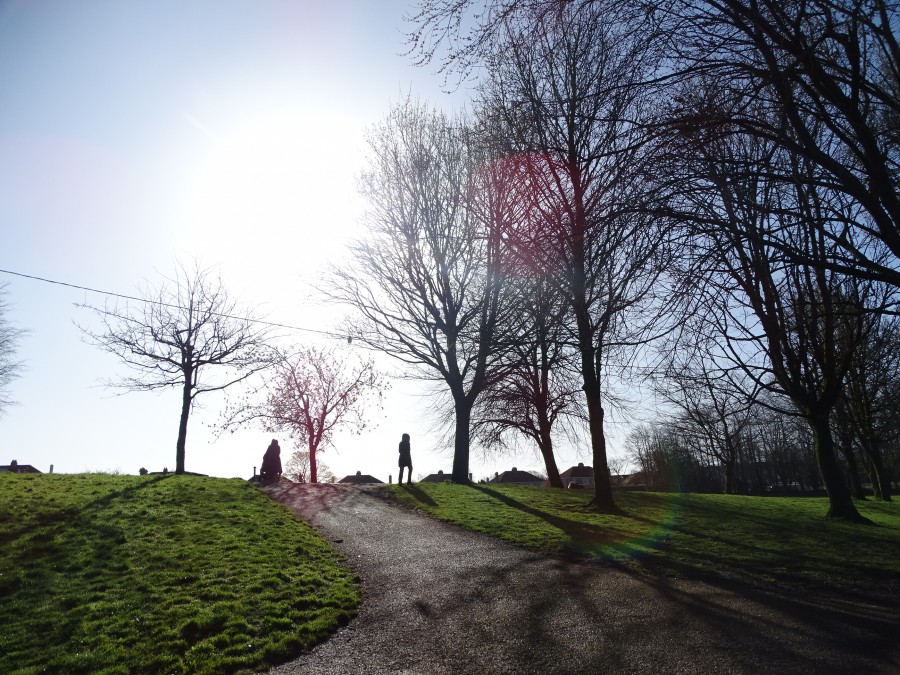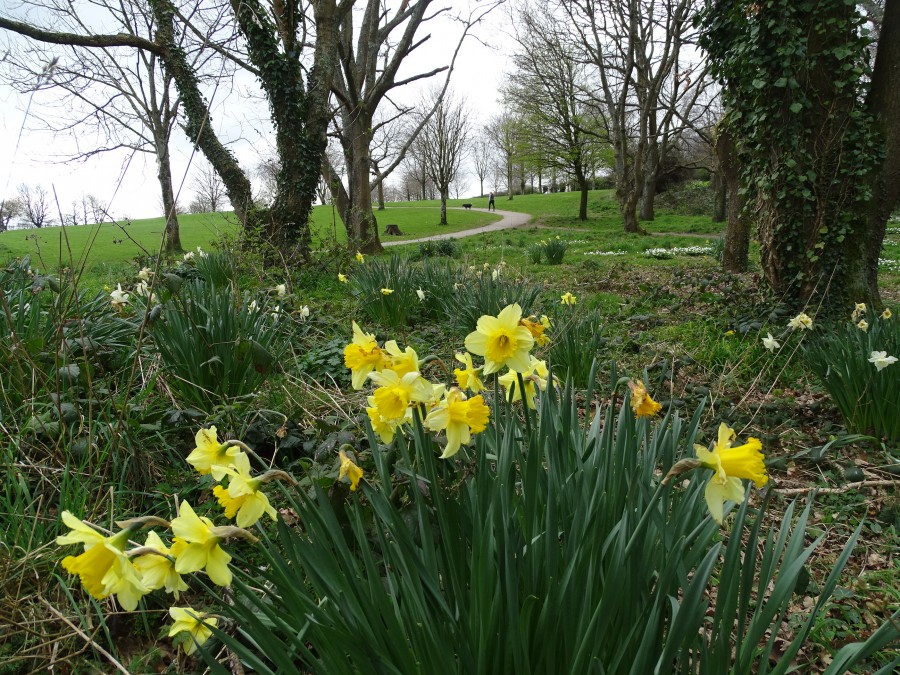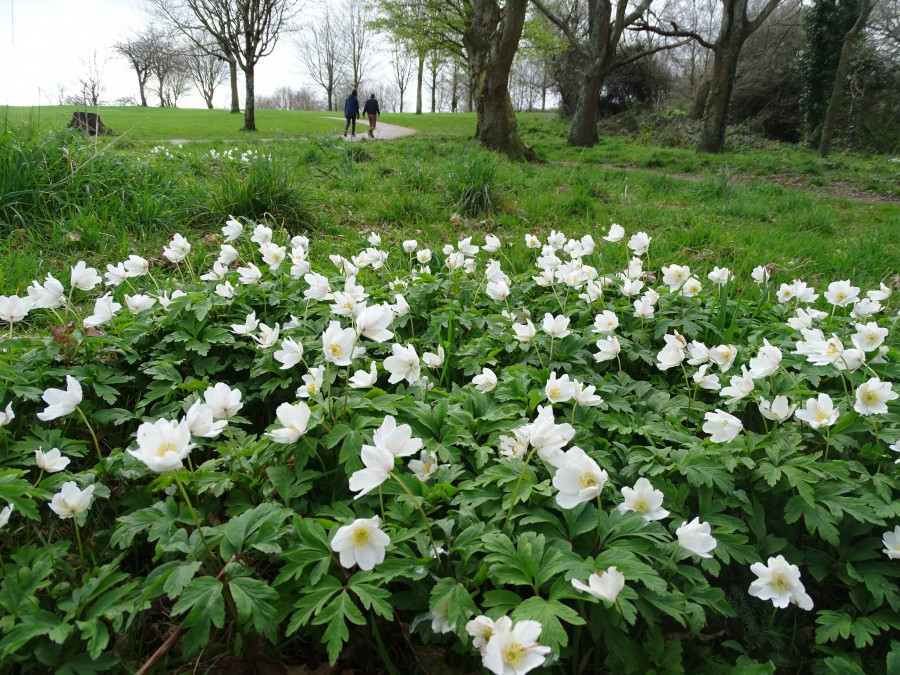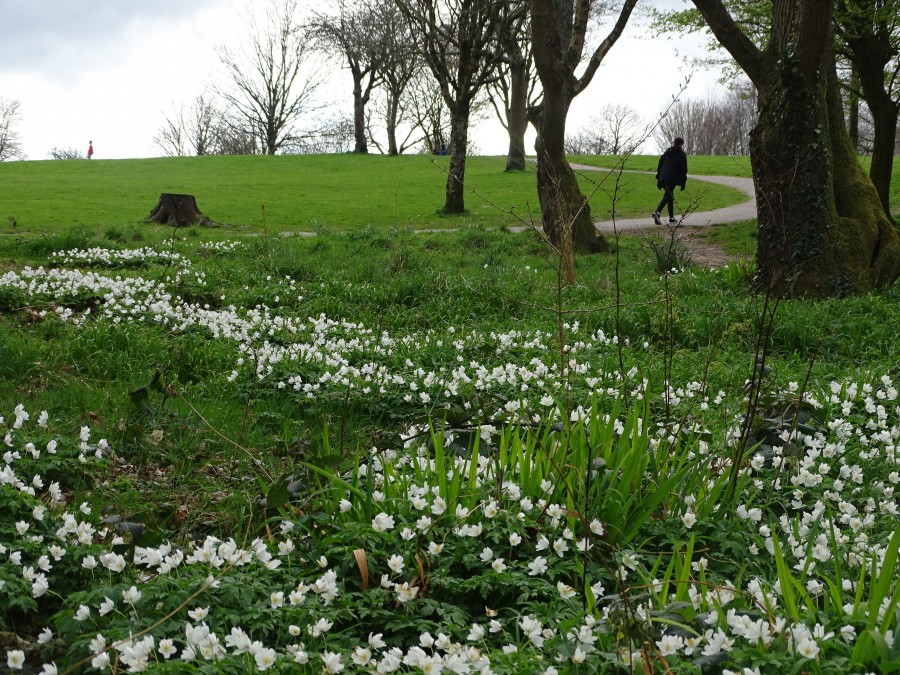Kieran’s Our City, Our Town, 16 April 2020
Kieran’s Our City, Our Town Article,
Cork Independent, 16 April 2020
Remembering 1920: Coroner James McCabe Speaks
One hundred years ago, the Tomás MacCurtain inquest was the most significant inquiry of its kind ever held in Cork City. The verdict, which was given on 17 April 1920, was the most startling ever pronounced by a coroner’s jury in the British Empire.
The inquest comprised 14 sessions from 23 March to 17 April 1920. Coroner James J McCabe read out the verdict was as follows: “We find that the late Alderman Tomás MacCurtain, Lord Mayor of Cork, died from shock and haemorrhage, caused by bullet wounds, and that he was wilfully murdered under circumstances of the most callous brutality, and that the murder was organised and carried out by the Royal Irish Constabulary, officially directed by the British Government, and we return a verdict of wilful murder against David Lloyd George, Prime Minister of England; Lord French, Lord Lieutenant of Ireland; Ian Macpherson, late Chief Secretary of Ireland; Acting Inspector-General Smith, of the Royal Irish Constabulary; Divisional Inspector Clayton, of the Royal Irish Constabulary; District Inspector Swanzy, and some unknown members of the Royal Irish Constabulary. We strongly condemn the system at present in vogue of carrying out raids at unreasonable hours. We tender to Mrs MacCurtain and family our sincerest sympathy in their terrible bereavement; this sympathy we extend to the citizens of Cork in the loss they have sustained by the death of one so eminently capable of directing their civic administration
Apart from the verdict there are many voices in the 70,000 word transcript of the inquest, which I recently compiled with news editor John O’Mahony and the Irish Examiner to create the publication Witness to Murder. The voices of the 90 interviewees are a very important part of the inquest but so also was the work of the chair Coroner James McCabe and his jury. Whilst researching the proceedings of the 14 sessions of the inquest you can read how Coroner James McCabe tried to remain calm remain and thorough, in what was a raw and emotional time inside the inquest’s location at the old City Hall and outside in a city, which was unstable with tit for tat attacks by the IRA and the growing swathes of Black and Tan auxiliaries in the city.
James McCabe handled all interviews of witnesses, solicitors and police officials alike with calmness, dignity and courtesy. He was always helpful and courteous to the journalists present too and was held in high esteem amongst its members. In his final conclusions at the inquest James McCabe reminded the jury that they had heard from the witnesses what occurred in the house on the night of the 19 March when the Lord Mayor was murdered. They also had the depositions of witnesses as to what occurred in the streets on that night, both at Blackpool, King Street and St Patrick’s Hill, and also as to what was stated to have occurred on the night of 20 March. The Royal Irish Constabulary authorities had put in a large number of depositions on the policing arrangements in the various police barracks, the patrols of the men of those barracks and of their weapons and motor cars and other movements. The police authorities had also put in books and documents connected with such matters. All those depositions were available for the members of the jury, if they desired to refresh their memories on any portion of the evidence given at the inquest.
The background of James McCabe is also as interesting as his involvement in the Tomás MacCurtain Inquest. His obituary in the Cork Examiner on 17 September 1949 details that James was born in Midleton, County Cork, in 1862. He received his education in his native town and at an early age became clerk to the firm of Messrs Blake, solicitors, Cork, where he showed a deep interest in his work and soon became versed in the principles of law.
James took up studies in Law at Queens College, Cork, where he was popular amongst his professors and fellow students alike. A prominent member of the Cork Catholic Young Men’s Society, he participated in the Amateur Theatrical Association attached to the Society at the time. He ended up dividing his time between reading for his legal examinations and appearing in dramatic productions by the Young Men’s Society. In both he was most successful, being a most admired figure on the stage, whilst he completed his legal studies with distinction and became a solicitor in 1897. He soon became one of leading legal figures in the city and enjoyed a large practice which he kept right through his career.
James was also deeply interested in the welfare of his country and a Nationalist and Home Rule supporter. On behalf of John Redmond, he addressed a large number of meetings during the campaigns in the city with his speeches being known for being thoughtful, forceful and sometimes quietly humorous. He acted as election agent for many Redmondite candidates, including Mr Augustine Roche, when he successfully contested local elections in Cork and became Lord Mayor of Cork in 1904.
In 1911 James McCabe was appointed City Coroner and as can be seen across the southern regional newspapers oversaw a myriad of inquests in Cork City during the Irish War of Independence and during the Irish Civil War. Despite his political leanings, he remained politically impartial in his work. In 1934, he was elected to the office of president of the Southern Law Association – an office which he held with distinction. He lived at Bellevue Terrace, Tivoli for many years. After his death in 1949, his son Joseph McCabe succeeded him as City Coroner for over two decades.
Caption:
1044a. Bust of Tomás MacCurtain by Cork sculptor Seamus Murphy, on display in Cork Public Museum (picture: Kieran McCarthy).
Spring Blossoms, Japanese Gardens, Ballinlough, 14 April 2020
Happy Easter 2020
Happy Easter to everyone. Stay safe everyone. We Will Prevail.
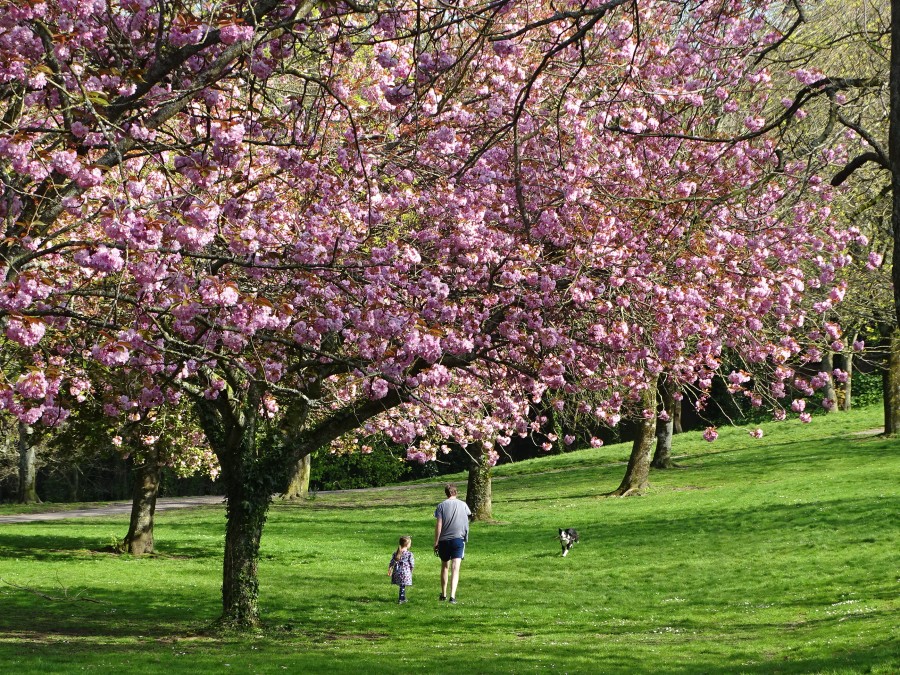
Cllr Kieran McCarthy: Community Response Phone Number of Great Help, 11 April 2020
Independent Cllr Kieran McCarthy wishes to remind people of the Community Response Forum phone number specifically to provide support to vulnerable citizens during the COVID-19 restrictions. The telephone number is 1800 222 226. Over its first week the forum received over 300 calls. The freephone helpline operates seven days a week from 8am until 8pm.
Cllr Kieran McCarthy noted: “The majority of calls to the helpline have related to the collection and delivery of groceries, prescriptions, fuel and other essential household items, and the delivery of meals. Cork City Council staff, the HSE, An Garda Siochána and community organisations such as Meals on Wheels are amongst the partner groups who are responding to these requests for support”.
Requests for support due to an increasing sense of social isolation have also figured in phonecalls received – with a number of people experiencing loneliness as they stay at home. Those who have contacted the phone number have also been put in contact with Friendly Call Cork who provide a listening ear and a friendly voice on the phone to anyone experiencing loneliness. Friendly Call Cork is set up to tackle loneliness among older people, those with physical and mental disabilities and those who are socially isolated. It has expanded its services to deal with Covid-19 and the Cork City Partnership team have brought on more volunteers to meet the increased demand.
Cork City Community Response Forum Co-Ordinator, Denis Barrett said: “Cork City has been broken into 16 local area teams with a Cork City Council community worker and HSE community worker in each area who will work with ‘local champions’ – the existing voluntary organisations and groups who know their locality and can help match need with service delivery”.
Cllr McCarthy continued; “Corkonians have also contacted the helpline wondering how they could register to volunteer their service in this crisis. Would-be volunteers are asked to contact Volunteer Cork on 021 4251572, Monday to Friday from 9 a.m. to 5 p.m. or on info@volunteercork.ie. They maintain a database of volunteers and are coordinating the volunteer effort in the city. Many thanks to everyone involved”.
Lord Mayor of Cork, Cllr. John Sheehan said: “We are delighted to see that the people of Cork are using this helpline and we would encourage people, who maybe have never asked for help before, to not be afraid to pick up the phone. These are unprecedented times for us all – but don’t forget we are all in this together and we will likely come out the other side with a deeper appreciation of the important things in life – and that includes living in a city which is rich in community supports and community spirit”.
Kieran’s Our City, Our Town, 9 April 2020
Kieran’s Our City, Our Town Article,
Cork Independent, 9 April 2020
Remembering 1920: Witness to Murder
The new book Witness to Murder by John O’Mahony and I is a transcript of the Tomás MacCurtain Inquest from March and April 1920. Tomas (1884-1920) is truly a colossus in Cork history who has attracted many historians, enthusiasts and champions to tell his story. His story is peppered with several aspects – amongst those that shine out are his love of his family, city, country, language comradeship, and hope – all mixed with pure tragedy. In many ways, the murder of Tomás MacCurtain on the night of 19-20 March 1920 changed the future public and collective memory narrative of Cork history forever.
One hundred years on after his murder, the memory of Tomás and his life and times and works are a central part of the history of politics in the city and the city and region’s role within the Irish War of Independence. Remembrance is carried through a variety of ways – books by local historians and seasonal historical newspaper articles in for example the Irish Examiner, yearly exhibitions in Cork Public Museum and Cork City and County Archives, conferences at University College Cork, portraits and sculptures at Cork City Hall, and annual speeches by incoming Lord Mayors. Annually the MacCurtain family work closely with Cork City Council and community groups to highlight his memory and without fail every 19-20 March there are memorial civic ceremonies and political and community group ceremonies. All of the latter examples keep the candle lit on his story, legacy and memory. Indeed, one can say his narrative is highly structured as he retains his position amongst Cork top historical figures.
As the news got out into the public realm after the murder of Tomás MacCurtain it sent shockwaves throughout every household – he had been Lord Mayor for less than 50 days an just 36 years old. People began to discuss their relationship with Tomás within Cork City. Some revered his character and work. Others saw his work as another part of the way of life of a busy port city, which had many activities happening on any given. But for a time in Cork, his murder brought the city and region to a standstill. This was another intensification of all-out war held across the streets of Cork that in time would be named the Irish War of Independence.
The out-pouring of public grief was heard in the speeches in the days following through his successor to the Lord Mayor’s chain Terence MacSwiney, by fellow Corporation members, by MPs in the chamber of Westminster and visibly seen in the enormous turnout on the streets of Cork during the funeral procession. In the weeks that followed the civilian inquest of his death revealed more questions than answers to who actually killed him. The verdict proposes that it was a government and RIC cover-up but unfortunately, no official statement has ever come forward. So, in truth history will never be able to officially record who killed him and who the masked person was who pulled the trigger. That’s why the revisiting of his inquest is important.
The last time Tomás’s inquest in full was published was in the Cork Examiner between 23 March 1920 and 18 April 1920. Despite the ordeal and daily fallout from the interviews, over time the fourteen hearing sessions have not overly been revisited by scholars of the Irish War of Independence. The verdict has been highlighted on many occasions by many historians, but the information of the inquest has never been overly written about or the narratives within it championed.
So, this book firstly is about bringing together the data inquest into one source. It is about giving a voice to the solicitors, jury and those interviewed (see more in the next few weeks).
Secondly, within the interviews and the remarks of Counsel, jurors, and solicitors, the frustration is plain to read plus one can view the complex relationships of all sides of the debate. The interviews and the answers given also provide multiple narratives on what life was like to those who interacted in the power play with authorities in the city, the nature of policing but above all the raw emotion attached to the murder of Tomás. On the raw emotion element, the witness statement by his wife of Elizabeth and family, and even the account of the bullets in his chest makes for harrowing reading.
Thirdly, the publishing of the data is a nod to the Cork Examiner journalists present at the time who wrote up each verbatim what witnesses said from each individual session, and turned around the information in just a few hours, so it could be published in the following day’s edition.
Fourthly it is my hope that this transcript of newspaper text will help scholars of the War of Independence in their research to mine down further into the complexities of the time but also to keep the human dimension at the heart of new emerging research. This transcript in particular is inspired by the epic Atlas of the Irish Revolution and the ongoing digitisation of State files and interviews of veterans of the War of Independence held at the Bureau of Military History in Cathal Brugha Barracks, Dublin– both sources, the Atlas and the Bureau try to bring a holistic perspective to what narratives, sources and memories have survived.
The book has an epic amount of valuable historical information but one, which I hope will help assist to create a roadmap of sorts in commemorating the life and legacy of Tomás MacCurtain in the next hundred years and place the inquest at the heart of future scholarship on Cork’s role within the Irish War of Independence.
Witness to Murder by Kieran McCarthy and John O’Mahony (2020, Irish Examiner) at this moment in time is only available to buy online at www.examiner.ie. Stay safe to everyone.
Caption:
1043a. Cover of Witness to Murder by Kieran McCarthy and John O’Mahony (2020, Irish Examiner).
Spring sunshine at Japanese Gardens Ballinlough, 6 April 2020
Cllr McCarthy: Neighbourhood Watch More Crucial Than Ever Before
Press Release:
Independent Cllr Kieran McCarthy has called on neighbours to be vigilant of older neighbours during this difficult time; “I have had a good number of Independent Older People with generally no family support contacting me looking for daily community supports – in terms of grocery or medicine collection. I have contacted the invisible army of community supports in this corner of the city. Many of those who have contacted me are cocooning and have never had to ask for help before, and thus potentially are not on the local community’s vulnerable radar list. Many do not have the internet. Many thanks to the many community groups working with local Gardaí, and individual local volunteers who are all doing trojan community work. There are many local shops as well doing a myriad of deliveries, whilst adhering to social distancing”.
A Covid-19 Community Response Forum (CRF) has now been set up in Cork to ensure that vulnerable members of the community or those living alone can access vital grocery, medicine and fuel deliveries and social care supports. The new Cork City Covid-19 CRF helpline is 1800-222-226. Support can also be accessed via covidsupport@corkcity.ie.
The dedicated community support helpline is running from 8 am to 8 pm seven days a week. The new phone line is just one aspect of the Forum’s work. Its core aim is contributing to the community-wide effort to limit the spread of COVID-19 by ensuring a coordinated community response. The Council’s COVID-19 CRF will work to ensure that local resources – including social care support and social contact – are targeted at the people who need them most.
Taking part in the Cork City CRF are Cork City Council, the HSE, GAA, Tusla, Church of Ireland Bishop of Cork, Cloyne and Ross Paul Colton, Catholic Bishop of Cork and Ross, Fintan Gavin, the Age Friendly Network, Alone, Cork ETB, Migrant Forum, Citizens Information, the Cork City Volunteer Centre, the Red Cross, Civil Defence, An Post and the IFA amongst others. There are many agencies currently doing super work in delivering care to older and vulnerable people in our communities and this forum is aimed at building on this, not duplicating it.
Cllr McCarthy noted: “As part of the Community Response Forum, there are 16 teams of people in different areas of the city. There are two in the south east area. People on the other end of the phone are very approachable and will co-ordinate with those on the other end of the phone – the most vulnerable in our community. Ringing on someone’s behalf Without telling them or not co-ordinating with them though will frighten an older person when all of a sudden someone turns up on their door. I remain available as well if people have questions on the proposed support system at 087 6553389”.
